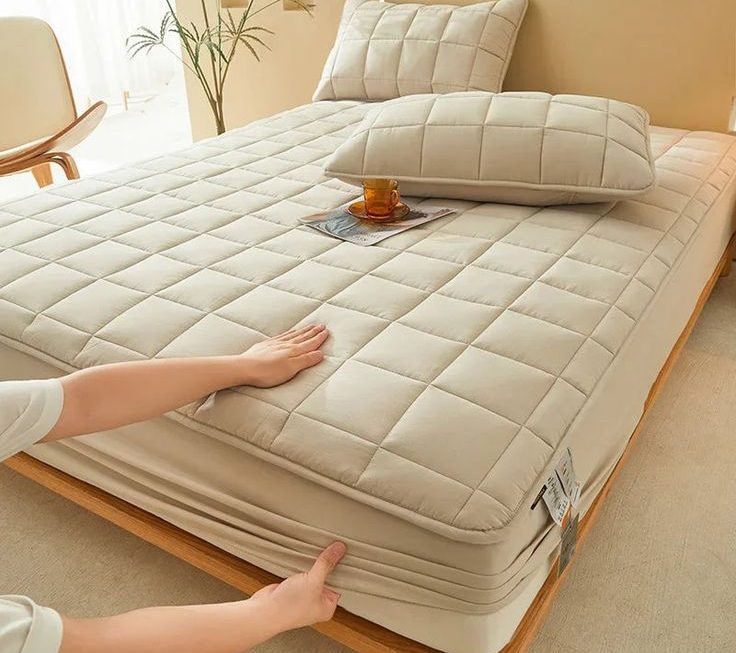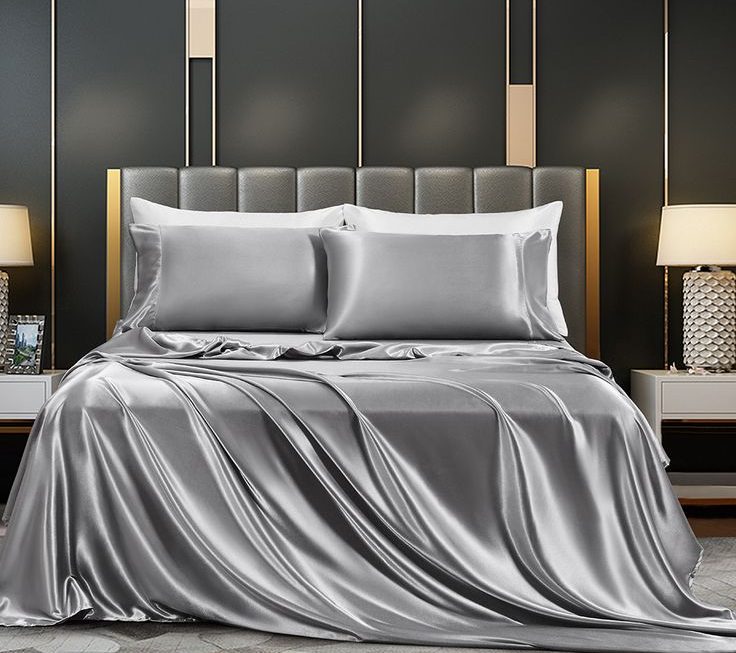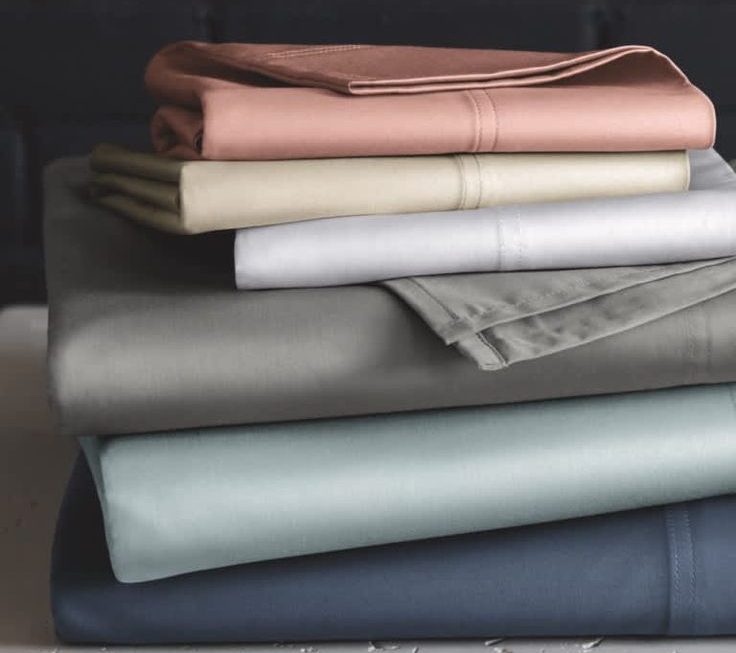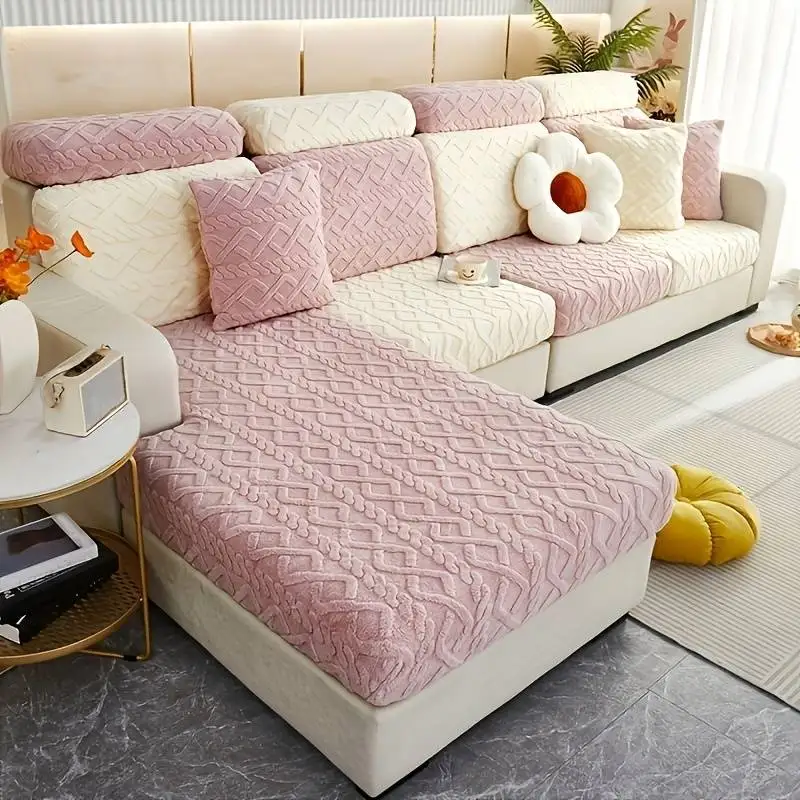 Introduction:
Introduction:
Over time, couch cushions can start to sag and lose their original shape, resulting in an uncomfortable seating experience. However, there are simple and effective ways to fix sagging couch cushions and restore their comfort and support. In this article, we will explore the causes of sagging cushions, the benefits of fixing them, and various methods to restore their shape and resilience. By following these steps, you can bring new life to your couch and enjoy a comfortable seating experience once again.
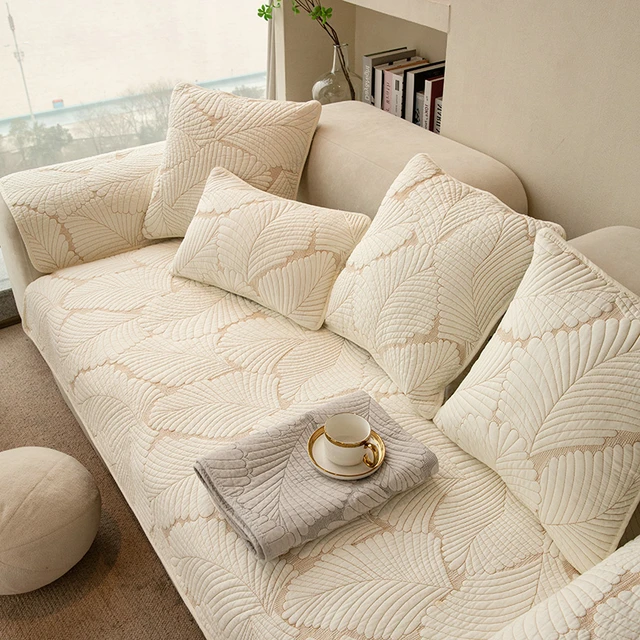 Materials and types:
Materials and types:
When it comes to couch cushions, there are various materials and types to consider. The choice of cushion material depends on factors such as comfort preferences, durability, and budget. Here are some common options:
Foam: Foam cushions are a popular choice due to their ability to provide support and comfort. They come in different densities, such as high-density foam for firm support or low-density foam for a softer feel.
Polyester Fiberfill: Polyester fiberfill cushions are made of synthetic fibers that create a plush and fluffy texture. They offer a comfortable seating experience and are often used for cushions that require a softer and more relaxed feel.
Down Feather: Down feather cushions are known for their luxurious and soft texture. They provide a plush seating experience and are highly sought after for their sink-in comfort. However, they require regular fluffing to maintain their loft and shape.
Batting: Batting cushions are made of layers of cotton or polyester fibers. They are commonly used to wrap around foam cushions, providing additional softness and preventing the cushion material from shifting.
Blend of Materials: Some cushions may combine different materials to achieve the desired comfort and support. For example, a foam core with a layer of polyester fiberfill or batting on top can offer a balance between firmness and softness.
It’s important to note that the choice of cushion material may vary depending on personal preference, the desired seating experience, and the specific requirements of the furniture. Consider factors such as durability, maintenance, and the overall design aesthetic of your couch when selecting the cushion material that best suits your needs.
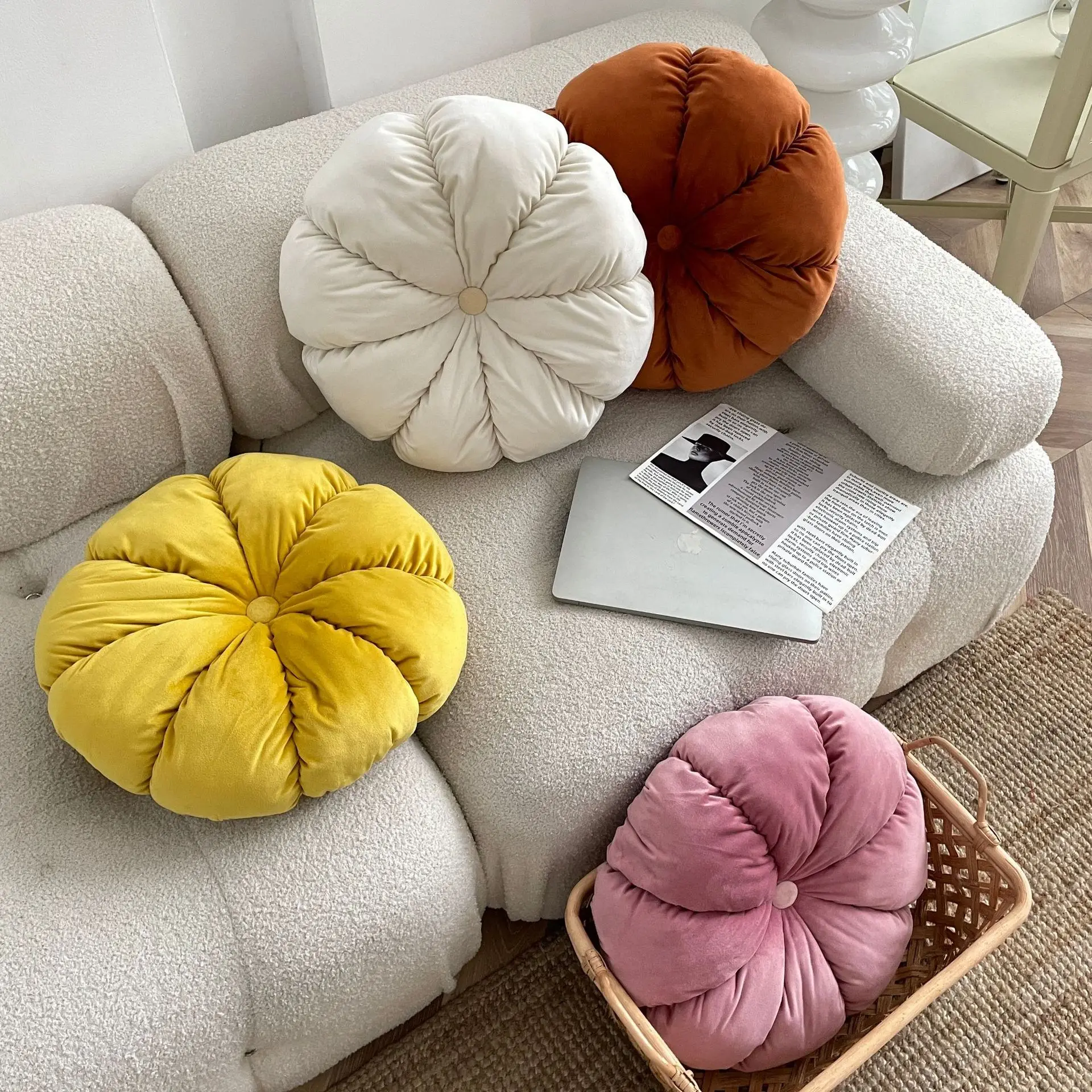 Downsides of sagging couch cushions:
Downsides of sagging couch cushions:
Sagging couch cushions can have several negative effects on both your comfort and the overall aesthetics of your furniture. Here are some of the downsides of sagging couch cushions:
Discomfort: Sagging cushions provide inadequate support, leading to discomfort and an uncomfortable seating experience. The lack of proper cushioning can cause you to sink into the couch, resulting in poor posture and potential back or neck pain.
Uneven Seating: When cushions sag, they may not provide even support across the entire seating area. This can result in an uneven surface, causing you to slide or feel off-balance while sitting.
Reduced Durability: Sagging cushions indicate that the cushion material has deteriorated or compressed over time. This can lead to accelerated wear and tear, decreasing the overall durability and lifespan of your couch.
Aesthetics: Sagging cushions can negatively impact the appearance of your couch. The uneven surface and deflated appearance can make your furniture look worn out and unkempt, even if the rest of the couch is in good condition.
Upholstery Damage: When cushions sag, they can put additional strain on the upholstery fabric. Over time, this pressure can cause the fabric to stretch, wrinkle, or tear, compromising the overall look and structural integrity of your couch.
Lack of Support: Sagging cushions do not provide the necessary support for proper body alignment. This can result in added pressure on certain body parts, leading to discomfort and potential long-term health issues.
In order to avoid these negative consequences, it is important to address sagging couch cushions promptly and implement appropriate measures to restore their shape and support.
Causes of Sagging Couch Cushions:
Wear and Tear:
Regular use of the couch can cause the cushions to flatten and lose their shape over time.
Deterioration of Filling Material:
The filling material inside the cushions can break down and compress, leading to sagging and reduced support.
Uneven Distribution:
Uneven or improper distribution of the filling material can cause certain areas to sag more than others.
Insufficient Cushion Support:
The frame or suspension system of the couch may not provide adequate support to the cushions, causing them to sag.
Benefits of Fixing Sagging Couch Cushions:
Restored Comfort: Fixing sagging cushions helps restore their original comfort, providing a pleasant seating experience for you and your guests.
Improved Posture Support: Properly supported cushions promote good posture, reducing the risk of back pain and discomfort.
Enhanced Lifespan of the Couch: Fixing sagging cushions can extend the lifespan of your couch, saving you the cost of purchasing new furniture.
Enhanced Aesthetics: Restoring the shape and resilience of your cushions improves the overall appearance and aesthetics of the couch.
Methods to Fix Sagging Couch Cushions:
Replacing Filling Material: One effective method is to replace the filling material inside the cushions. This can involve adding new foam, batting, or polyester fiberfill to restore their original shape and support.
Fluffing and Rotating: Fluffing and rotating the cushions regularly can help redistribute the filling material and prevent sagging in specific areas.
Adding Support: Adding additional support to the couch frame or suspension system can help prevent future sagging. This can be done through the use of plywood boards, furniture straps, or specialized cushion supports.
Professional Upholstery Service: If the cushions are severely sagging or the frame requires repair, seeking the assistance of a professional upholstery service may be necessary. They can provide expert advice and perform the necessary repairs to fix the sagging cushions.
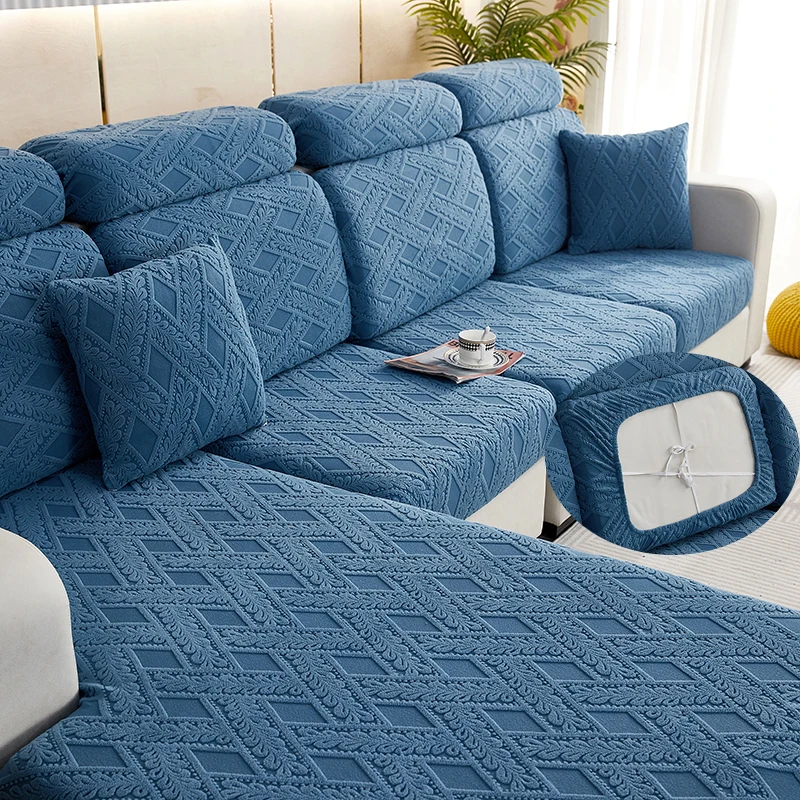 Maintenance and Care for Maintaining Cushion Support:
Maintenance and Care for Maintaining Cushion Support:
Regular Fluffing: Regularly fluffing the cushions by hand or using a vacuum cleaner with a brush attachment can help restore their shape and maintain support.
Rotation: Rotate the cushions periodically to ensure even wear and prevent excessive sagging in specific areas.
Avoid Overloading: Avoid placing excessive weight on the cushions, as this can cause them to flatten and lose their shape more quickly.
Proper Cleaning and Care: Follow manufacturer’s instructions for cleaning and care to maintain the integrity of the cushion material. Avoid using harsh chemicals or abrasive cleaners that can deteriorate the filling material.
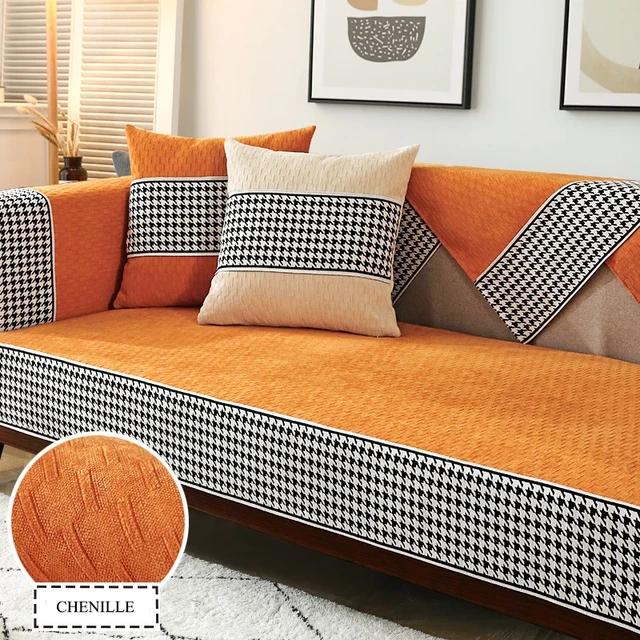 Conclusion:
Conclusion:
Fixing sagging couch cushions is a simple and effective way to restore comfort and support to your furniture. By replacing the filling material, adding support, or seeking professional upholstery services, you can bring new life to your couch and enjoy a comfortable seating experience once again. Regular maintenance and care, such as fluffing and rotating the cushions, will help maintain their shape and prevent future sagging. Invest the time and effort in fixing sagging couch cushions, and you’ll reap the rewards of a cozy and inviting seating area in your home.
